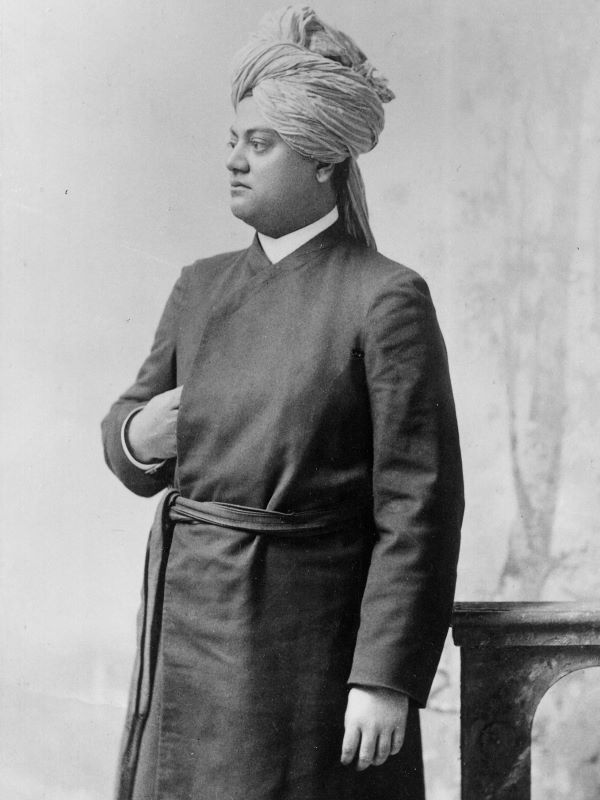
Patriot saint of India Swami Vivekananda remembered on his 158th birthday
Kolkata/IBNS: On January 12, every year, India celebrates the National Youth Day to honour the patriot saint Swami Vivekananda, who continues to inspire generations with his modern thinking spanning across spirituality, nationalism, education and man making.
On this day in 1863, Narendra Natha Datta was born in a Bengali family, in north Kolkata to an attorney Vishwanath Dutta and Buvaneshwari Devi.
His birthday is observed as Yuva Diwas and is celebrated across India in schools and colleges with functions, speeches and musical programmes.
Early Life
As a child Narendra Nath or Naren excelled in music, studies and athletics, especially wrestling.
As he reached adolescence, young Naren experienced a crisis of faith and existence of God. It was when he met Sri Ramkrishna in Dakshineswar near Kolkata, who was then the head priest of Kali Temple established by Rani Rasmani and spread interfaith awareness, practicing all religions and giving the message that all religions lead to the same God.
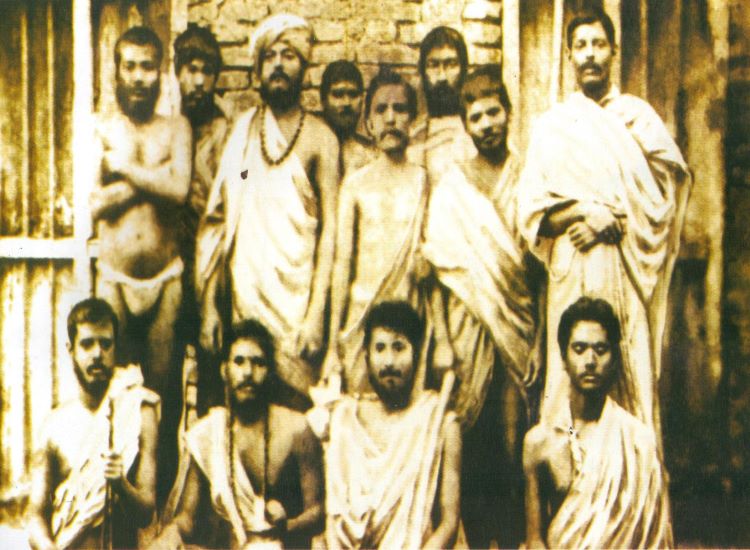
Upon Sri Ramkrishna’s death, along with other disciples, Narendra took the sannyasa.
Parliament of Religions in Chicago and journey thereafter
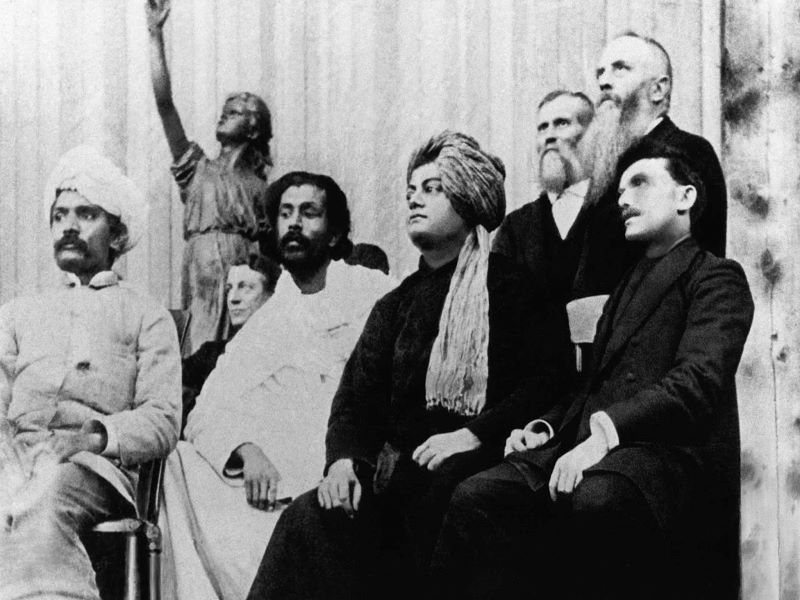
In 1893, the Parliament of the World’s Religions was about to begin in Chicago, United States. Swami Vivekananda arrived to speak at the Parliament about the spiritual heritage of his motherland.
He introduced himself as a monk who belonged to ‘the most ancient order of monks in the world’ and a representative of the religion which spoke of ‘tolerance and universal acceptance’. It was through Swami Vivekananda, for the first time, the western world heard about the concept of universal harmony of global religions. He said, “We believe not only in universal toleration, but we accept all religions as true.”
The reflection of these very words- a message his master Sri Ramakrishna Paramhansa was embodiment of -were seen in all his activities throughout the remaining part of his life.
While preaching in the West, Swamiji felt mere lecturing was not sufficient. It was necessary to build a strong organizational structure as well. But he was not eager to establish just another religious organization but one that would facilitate religious harmony. A man of clear conviction, he knew he was about to execute a job which would have far broader implications. He was soon relieved of his uncertainty when he realized how an organizational structure could help sustain the work that he had begun.
Swamiji’s initial doubts about setting up an organization has been chronicled in the memoirs of an old American lady, who mother-like, cautioned him now and then of the various temptations of the material world. While in America, Swamiji repeatedly wrote to his disciples in Madras (now Chennai) and brother disciples in Calcutta (now Kolkata) on this concept and its significance.
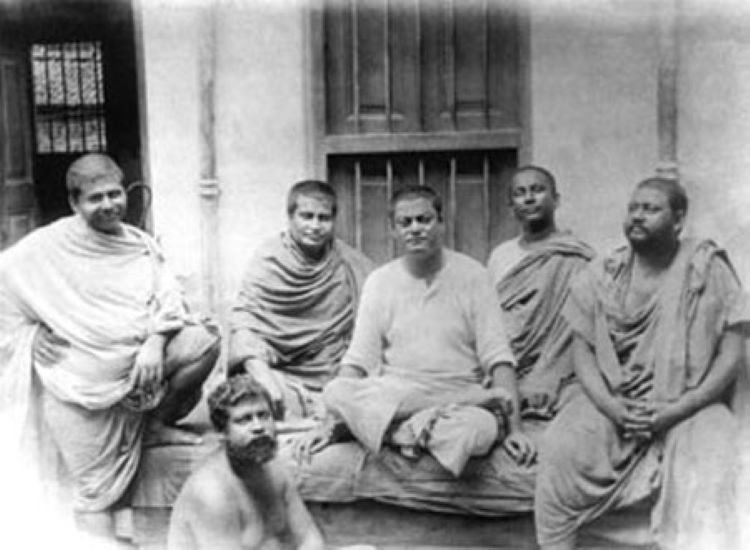
In 1897, when Vivekananda returned to India, he carried in his mind the ingredient that would lay the foundation of the organization in the name of his master, Sri Ramakrishna. In a meeting with the lay disciples and monks of the master, at the house of Balararam Bose in Calcutta on May1, 1897, he proposed the formation of the Ramakrishna Mission. He clearly stated the mission of the organization would be to promote universal brotherhood and to foster harmony and peace among the people of different sects.
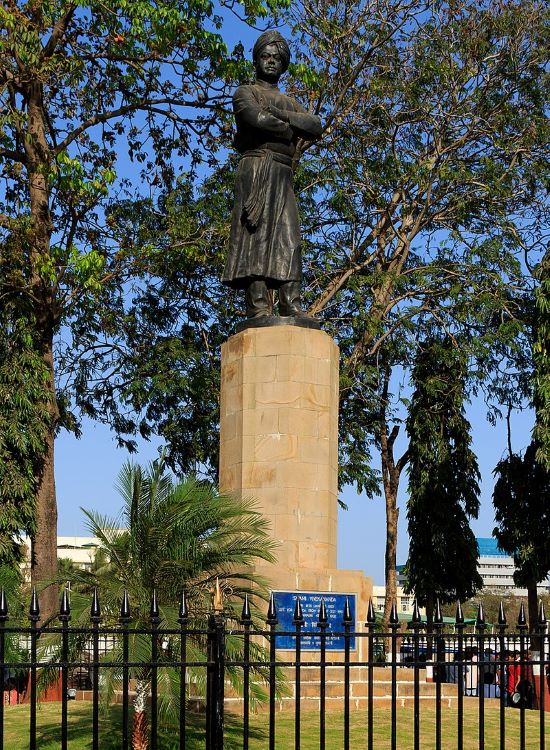
Alambazar Math, which was the then address of the monks of Ramakrishna order,was a rented property with insufficient space. It was felt to be inadequate for running the activities of a global mission as envisioned by Swami Vivekananda. The Math then moved temporarily to the Garden House of Nilambar Babu on the west bank of the Ganges adjacent to a place where the current Belur Math is situated.
The Belur Math land came under the ownership of Ramakrishna Math in 1898 in February. Initially only 7.6 acres in area, the land housed an old ruined single-storied building.
Swamiji’s disciple, Mrs. Sara Chapman Thorp Bull donated towards the expenses of the renovation of the building, which was done under the directions of Swami Vijnanananda.
.png)
While the renovation work proceeded in the neighbouring land, Nilambar Babu’s garden house was witness to several incidents that were to leave their marks on history.
This was the place where Margaret Elizabeth Nobel was initiated by Swamiji into Brahmacharya and was given the name Nivedita.
Here, Swamiji created “Khandana Bhava” the Artrikam and the Stotram “Om Hring Writam” to pay obeisance to Sri Ramakrishna Paramhansa.
Swamiji carried out “Upanayan” ceremonies - which confers on a Hindu the right to seek Vedic knowledge - to reestablish the rights of the non-Brahmins who were considered inferior according to the prevailing caste system. This was a great attempt to reform Hinduism, which was, at that moment, afflicted with the curse of caste divisions and untouchability.
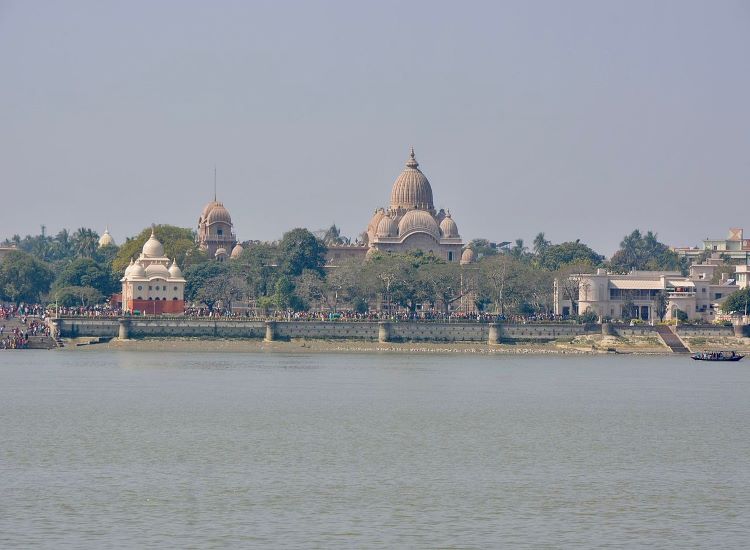
By the beginning of 1899, the inmates of the Math had finally moved to the renovated single-story building in the Belur Math premises.
It remained Swamiji’s abode until his death. Meanwhile, the Ramakrishna Mission had started to take shape, as an organization; based on Swamiji’s objective -“For one's own salvation and for the welfare of the world”.
His disciples, Swami Sadananda and Sister Nivedita, relentlessly served the poor during the plague outbreak in 1899. Swamiji’s “organization” continues to provide selfless service to the needy even a century later.
The Math premises now sprawl over an area of 40 acres. A new math building has now replaced the old one.
An architectural beauty and the culminating point of all religions, the temple of Sri Ramakrishna attracts people from all corners of the world.
At the courtyard of the old building, under Swamiji's favorite mango tree, he spent hours, imparting words of wisdom to his disciples, sometimes resting and sometimes contemplating. And, like the mango tree, the Ramakrishna Math and Mission has spread its branches all over the world, propagating Swamiji’s message of religious tolerance, service and universal brotherhood.
Support Our Journalism
We cannot do without you.. your contribution supports unbiased journalism
IBNS is not driven by any ism- not wokeism, not racism, not skewed secularism, not hyper right-wing or left liberal ideals, nor by any hardline religious beliefs or hyper nationalism. We want to serve you good old objective news, as they are. We do not judge or preach. We let people decide for themselves. We only try to present factual and well-sourced news.






